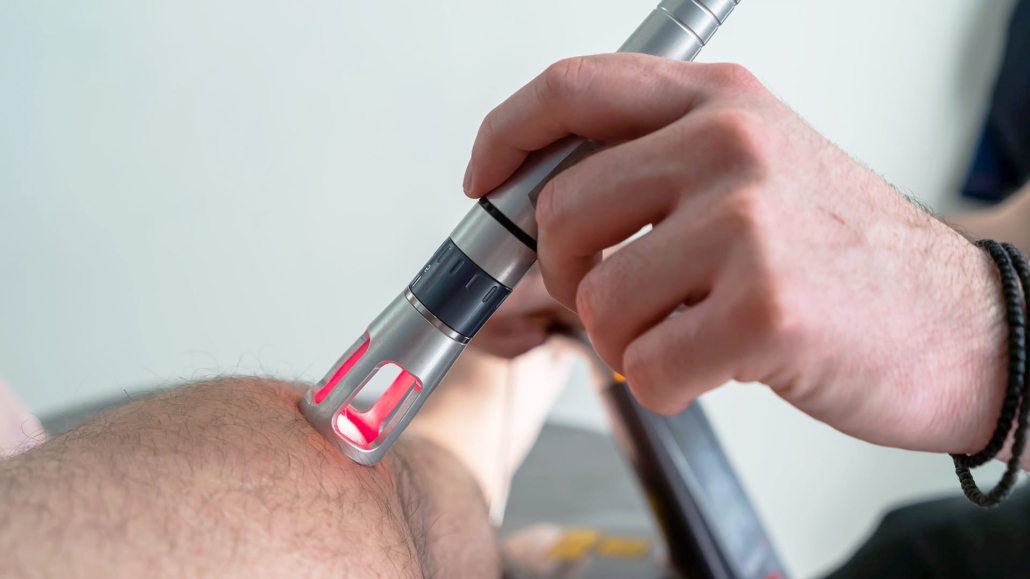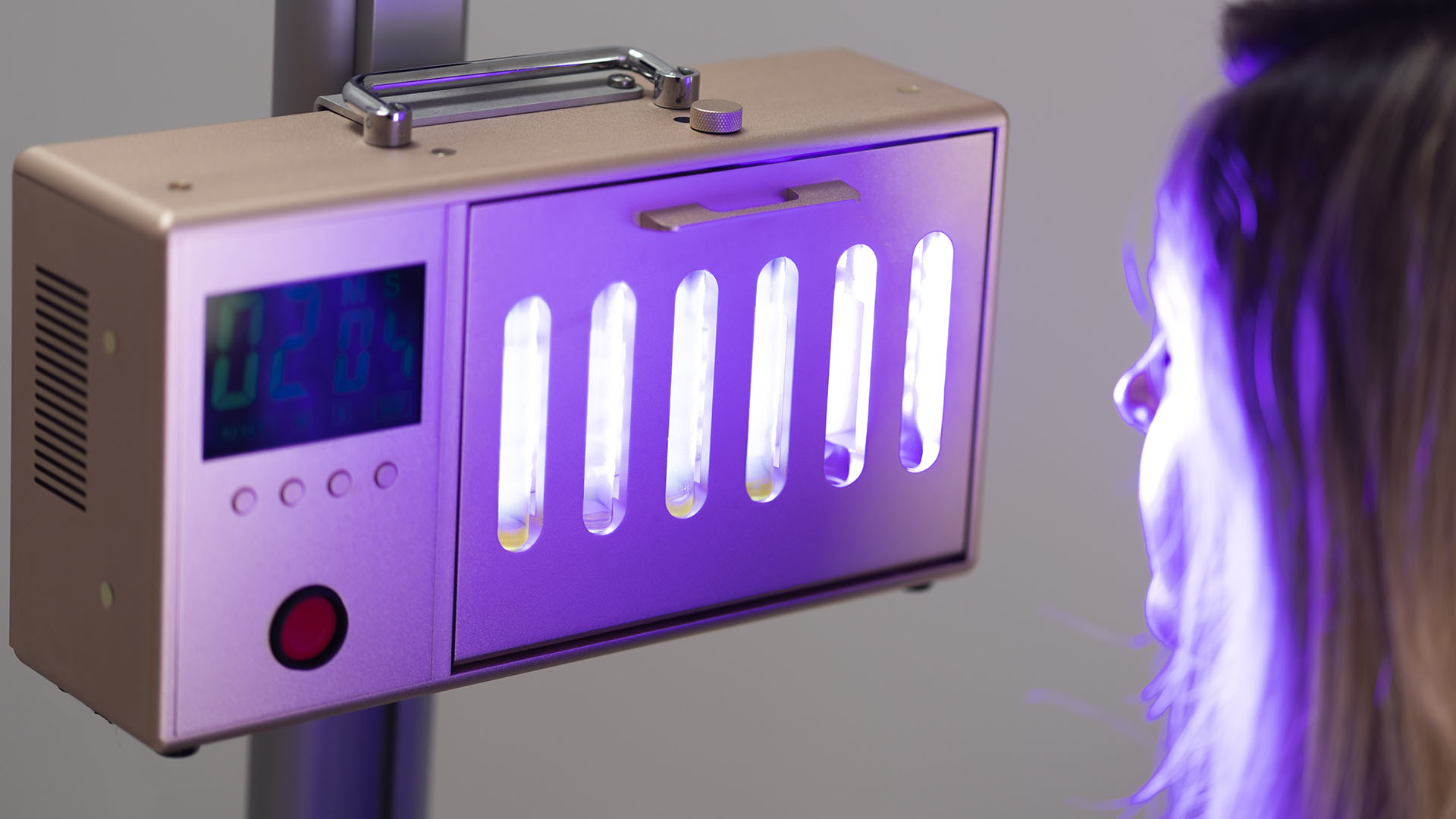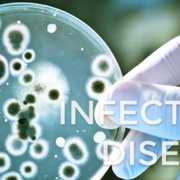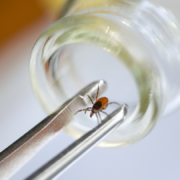In the “Lyme Light”: How Light Therapy May Offer Relief From Lyme Disease Symptoms
If you feel like you’re in the dark about how to move toward healing your Lyme Disease then let there be light … light therapy that is.
But before learning about how different light therapies may help conquer your symptoms, know this: Lyme Disease affects multiple systems in the body. As such, it requires a multi-pronged treatment approach. No single treatment—light therapy and antibiotics included—may permanently eradicate the disease that’s called The Great Imitator,” because its symptoms mimic several other conditions.
Chronic Lyme Disease compromises the immune system, opening the door for a hyperactive immune response, other illnesses and symptoms. This is why it’s crucial to consider several different Lyme Disease treatment options. And the best way to navigate the emotional rollercoaster of Lyme Disease symptoms and make sense of all the treatment options is to receive a personalized treatment plan from an Innovative Medicine practitioner.
With that being said, let’s move into the light and find out how this alternative Lyme Disease treatment works…
How Does Light Therapy For Lyme Disease Work?
Prerequisites for any Lyme Disease treatment include kickstarting the body’s detoxification processes; normalizing the inflammatory response; and supporting normal activity and communication of the body’s cells.
Optimizing cellular function is such a crucial piece of managing Lyme Disease. That’s because the human body contains 70 or so trillion cells. That’s a lot of potential bad actors who may not be at optimum performance level when it comes to helping the body fight off systemic inflammation and chronic infections. Thus, any efficacious alternative Lyme Disease treatment—light therapy included—must mitigate cellular dysfunction or damage.
In a nutshell, light therapy treatments achieve these tasks by altering the wavelength frequencies of specific areas of the body. Applying non-invasive, drug-free red light therapy may help optimize organ, glandular and bodily systems. Each organ functions optimally within a specific frequency range. An Innovative Medicine therapist can test various organs of the body and if testing reveals a frequency range that is outside of the ideal range, that specific organ or area of the body can be targeted with light therapy.
It’s important to note that light therapy does not directly treat specific diseases. Rather, it helps normalize the immune response and improves cellular communication. And in turn, the body is better able to employ its innate healing response for optimal wellness.
Light Therapies For Lyme Disease Symptom Management
There are several different forms of light/laser therapies for symptoms of Lyme Disease. It’s important to not feel overwhelmed when reading about the different options. After all, it’s a blessing to have so many alternative treatment options! And the hard work of figuring out which treatments to pursue is taken out of the equation when you have a Lyme Disease expert craft a personalized treatment plan for you.
Ultraviolet Blood Irradiation Therapy
Ultraviolet Blood Irradiation Therapy (UBI Therapy or UVBI/UVB Light Therapy) is “The cure that time forgot,” as light therapy expert Michael Hamblin, Ph.D, wrote in a research article published in Advances in Experimental Medicine and Biology. Once hailed as a miracle therapy for serious infections in the mid-20th century, UV light therapy’s popularity plummeted as penicillin antibiotics became popular.
Because of the overuse of antibiotics and the increase in Lyme Disease cases, UV blood irradiation therapy has been “rediscovered.”
What Does UVBI Light Therapy Do?
The treatment clears pathogens from the body by increasing red and white blood cell production, thus increasing overall oxygen levels in the blood.
By increasing oxygen levels in the blood, the body’s immune function is normalized. This is not to say that the body’s immune function is “boosted.” After all, Lyme Disease often presents with a hyperactive immune response. Thus, UV light therapy may mitigate your symptoms by suppressing your immune function.
How Does UVBI Light Therapy Work?
It works either one of two ways:
First, some of your blood is taken and then circulated into a UV light machine. Exposure to the UV light will help clear viral or bacterial DNA that has been damaged or altered. After this is done, your blood is reinfused back into your body. After some time, your body can clear the damaged or altered pathogens via a healthy immune response.
The other way UVBI therapy works is by directly inserting an ultraviolet optical fiber into a vein.
HALO Botanical Light Therapy
HALO botanical light therapy combines the therapeutic effects of violet light therapy and medicinal plants. This simple treatment method uses high-output violet LED lights set at a specific frequency and stored in vials that contain herbal essences and amino acids. This therapy is very brief, with sessions running as low as one or two minutes. The HALO botanical light therapy device is applied directly to the patient’s outer skin or inside the mouth. Each vial’s ingredients are carefully selected by the medical professional based on the individual’s needs and objectives (pain relief, clearing pathogens, etc.).

Low-Level Laser Therapy
Low-level laser therapy (LLLT) may sound like medical science fiction but it’s actually quite simple. A practitioner applies a special laser beam generator—not a huge one that a James Bond villain would use to destroy Earth—to a specific area of the body. LLLT is a low-intensity laser, so the patient does not feel it at all. The therapy produces photon energy, which in turn is transformed into biochemical energy. After several sessions of LLLT, the improved biochemical energy translates into more optimized cellular functioning.
LLLT may help people suffering with chronic fatigue by improving energy levels. The therapy achieves this by increasing cellular ATP in the mitochondria. ATP is the energy currency cells use to produce energy. In addition, LLLT may help mitigate pain by activating the release of joint-pain-blocking endorphins and the feel-good neurotransmitter, serotonin. LLLT treatments are also brief, lasting no more than 20 minutes.
Light Therapy For Lyme Disease: Conclusion
The total eradication of Lyme Disease requires a multi-systemic approach, not just a course or two of antibiotics. Light therapy may help the body’s cells, glands, tissues, and myriad systems achieve homeostasis, resulting in optimized detoxification, inflammatory pathways, immune response and cellular health and communication for Lyme Disease patients. However, as promising as light therapy may be, it should be part of an overall personalized alternative treatment plan devised by a Lyme Disease expert.
Disclaimer: The statements made in this article have not been evaluated by the Food and Drug Administration. Any products or treatments mentioned are not intended to diagnose, treat, cure, or prevent any disease. Please consult a licensed medical practitioner for medical advice.
At Innovative Medicine, we believe in transparency. We want you to know that we may participate in affiliate advertising programs pertaining to products mentioned herein.
See how we can help you restore complete health of body, mind & spirit.
Join our mailing list and receive exclusive offers + information!







Leave a Reply
Want to join the discussion?Feel free to contribute!